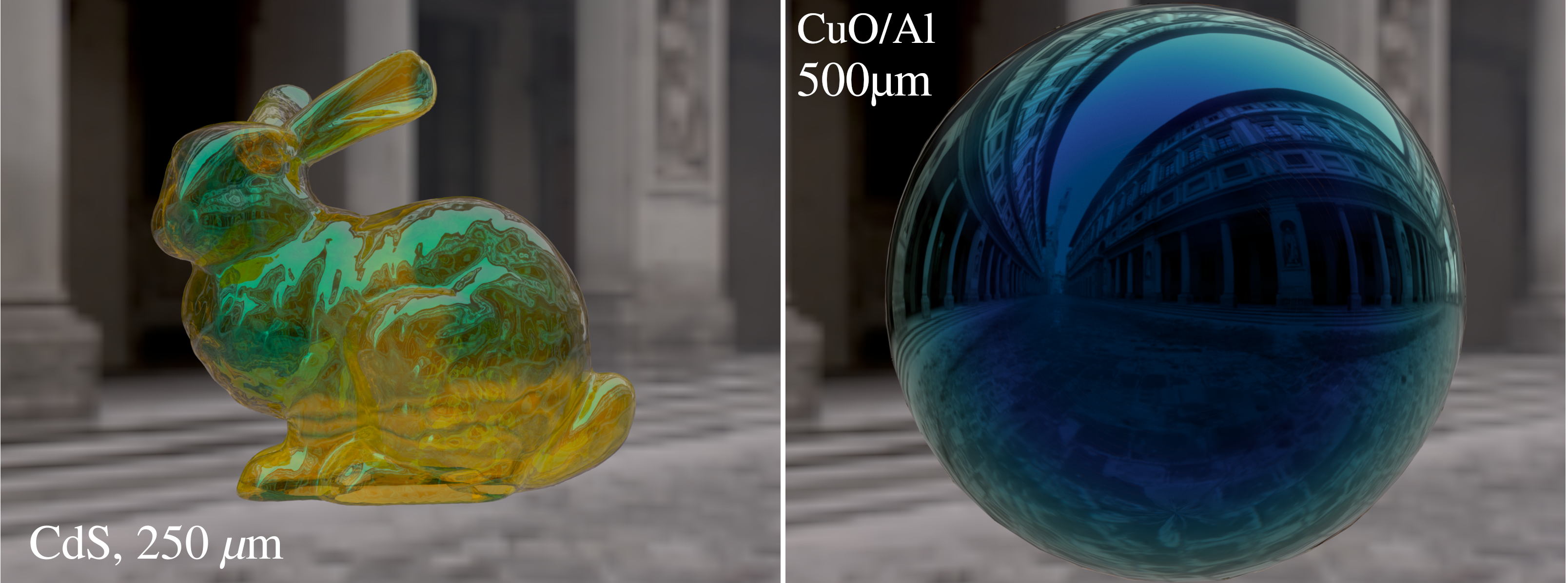lacilaci wrote: Wed Jan 22, 2020 12:08 pm So.. How is this blood magic working?
https://www.youtube.com/watch?v=M1nuviu ... mv02U-YR8o
CGI tech news box
Re: CGI tech news box
Re: CGI tech news box
that's way too much effort compared to a texture vs texture. He is turning bitmap into paralax map with near the same quality as displacement at near the same computational cost of bump mapping...kintuX wrote: Wed Jan 22, 2020 2:10 pmlacilaci wrote: Wed Jan 22, 2020 12:08 pm So.. How is this blood magic working?
https://www.youtube.com/watch?v=M1nuviu ... mv02U-YR8oDECALMachine w/ Shrink wrap modifier.
Re: CGI tech news box
Have you used any - either Max+Fstorm or DECALmachine?lacilaci wrote: Wed Jan 22, 2020 2:16 pmthat's way too much effort compared to a texture vs texture. He is turning bitmap into paralax map with near the same quality as displacement at near the same computational cost of bump mapping...kintuX wrote: Wed Jan 22, 2020 2:10 pmlacilaci wrote: Wed Jan 22, 2020 12:08 pm So.. How is this blood magic working?
https://www.youtube.com/watch?v=M1nuviu ... mv02U-YR8oDECALMachine w/ Shrink wrap modifier.
I did, wasn't impressed... and since, haven't find the use for it or a client wanting it yet.
Oh, & BTW one simply pulls the specific decal from the library, applies modifier and animates the move.
Re: CGI tech news box
Did you see any comparison between the bump and the new paralax bump in fstorm? You telling me this is not impressive?kintuX wrote: Wed Jan 22, 2020 2:21 pmHave you used any - either Max+Fstorm or DECALmachine?lacilaci wrote: Wed Jan 22, 2020 2:16 pmthat's way too much effort compared to a texture vs texture. He is turning bitmap into paralax map with near the same quality as displacement at near the same computational cost of bump mapping...
I did, wasn't impressed... and since, haven't find the use for it or a client wanting it yet.
Oh, & BTW one simply pulls the specific decal from the library, applies modifier and animates the move.
Re: CGI tech news box
It is a fake and, like all fake techniques, it has draw backs (for instance the lack of shadows, it may have serious problems if seen trough mirrors and glasses, etc.). At the end of the day is always a trade-off: it may be good to have but you have to renounce to something.lacilaci wrote: Wed Jan 22, 2020 2:29 pm Did you see any comparison between the bump and the new paralax bump in fstorm? You telling me this is not impressive?
Re: CGI tech news box
Oh yeah, didn't even noticed itlacilaci wrote: Wed Jan 22, 2020 2:29 pm Did you see any comparison between the bump and the new paralax bump in fstorm? You telling me this is not impressive?
Re: CGI tech news box
Here is the new 2019 Blue Noise Temporal Dithering paper, it's pretyt interesting 
Slides:
https://hal.archives-ouvertes.fr/hal-02 ... slides.pdf
Paper:
https://hal.archives-ouvertes.fr/hal-02158423/document
Slides:
https://hal.archives-ouvertes.fr/hal-02 ... slides.pdf
Paper:
https://hal.archives-ouvertes.fr/hal-02158423/document
Re: CGI tech news box
Rendering transparent materials with a complex refractive index: semi-conductor and conductor thin layers
Abstract :
Source: https://hal.inria.fr/hal-02191534
Examples:
Interference

Cadmium Sulfide

Gold & Copper

Hematite


Abstract :
Paper: https://hal.inria.fr/hal-02191534/documentDuring physical simulation of light transport, we separate materials between conductors and dielectrics. The for-mer have a complex refractive index and are treated as opaque, the latter a real one and are treated as transparent.However, thin layers with a complex refractive index can become transparent if their thickness is small compared to the extinction coefficient. This happens with thin metallic layers, but also with many pigments that are semi-conductors: their extinction coefficient (the imaginary part of their refractive index) is close to zero for part of the visible spectrum. Spectral effects inside these thin layers (attenuation and interference) result in dramatic color changes.
Source: https://hal.inria.fr/hal-02191534
Examples:
Interference

Cadmium Sulfide

Gold & Copper

Hematite

Re: CGI tech news box
Bidirectional rendering on Steroids
https://cs.dartmouth.edu/~wjarosz/publi ... 4upbp.html

A single algo to render them all at great speed : UPBP
Youtube Video explaining it : (wait til the end)
https://www.youtube.com/watch?v=TbWQ4lMnLNw
https://cs.dartmouth.edu/~wjarosz/publi ... 4upbp.html

A single algo to render them all at great speed : UPBP
Youtube Video explaining it : (wait til the end)
https://www.youtube.com/watch?v=TbWQ4lMnLNw
-
jgrover110
- Posts: 47
- Joined: Tue Apr 17, 2018 1:07 pm
Re: CGI tech news box
RIP Jaroslav Křivánek